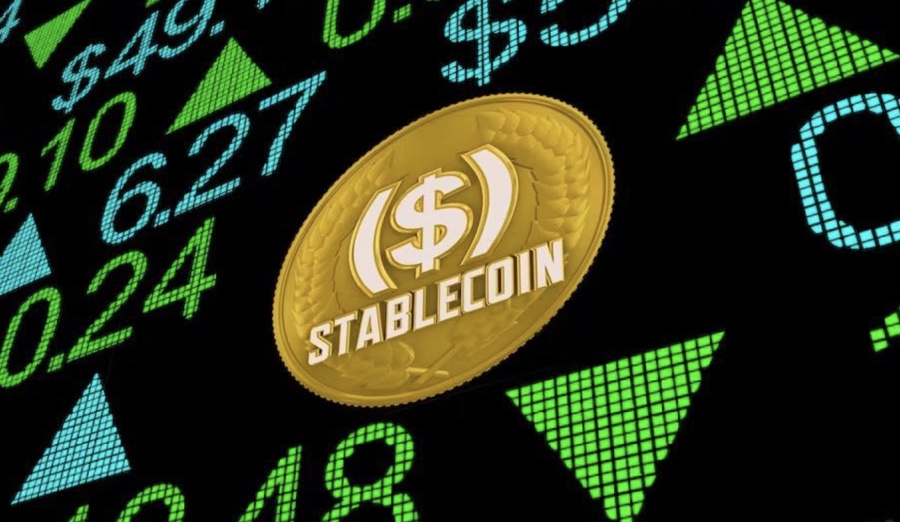Stabolut has announced the launch of a new Bitcoin-backed stablecoin called USB, which claims to be fully decentralized, dollar-pegged, and reliable. The stablecoin uses a unique approach to retain its peg by shorting Bitcoin through an inverse perpetual swap. Last year, the Luna Foundation Guard’s proposed cryptocurrency reserve to guard against a collapse of the UST stablecoin came in a little too late to guard against the past week’s market turmoil. As a result, officials found themselves scrambling to improvise solutions to maintain the dollar peg, offering cryptocurrency loans and reportedly scrambling to line up fresh capital to back the project. The implosion of UST, the largest algorithmic stablecoin, sent shockwaves through the crypto market and gave Stabolut’s Chief Technology Officer, Julian Beltran, the idea to build USB.
He believes there’s clear market demand for a reliable stablecoin choice, given the collapse of UST and the recent instability caused by the de-pegging of USDC. Stabolut’s new Bitcoin-backed stablecoin, USB, aims to operate without a banking system and protect itself from regulatory crackdowns. It will power cross-chain transactions and work with Bitcoin-compatible wallets and other blockchain services. Stabolut claims to be backed by the founders of Dextools.io. The text also mentions that this month, USDC from Circle lost its peg due to the collapse of Silicon Valley Bank.
Stabolut has launched a fully decentralized, dollar-pegged stablecoin called USB. The stablecoin operates without a banking system and aims to protect itself from regulatory crackdowns. It is backed by shorting Bitcoin via a Bitcoin inverse perpetual swap and eliminates the need for bank accounts. USB will power cross-chain transactions and work with Bitcoin-compatible wallets and other blockchain services. Stabolut is the issuer of the stablecoin and is building a complete ecosystem for payments around the globe. USB aims to solve the issues and concerns other stablecoins have, and its goal is to become one of the most widely used stablecoins.
Stablecoins offer an alternative to traditional banking, that are made for cryptocurrency exchanges. The industry heavily relies on banks for customer deposits, making stablecoins vulnerable to various banking issues. Stablecoins, pegged to fiat currencies or other assets, unlock the necessary capabilities for the industry to function.
BitMEX co-founder Arthur Hayes points out that the industry needs stablecoins to mitigate counterparty risks, enhance user privacy, and grow beyond the limitations of fiat backed stablecoins. The recent collapses of three major crypto-friendly banks caused significant damage to the digital asset market, with the dollar-pegged stablecoin USDC losing 10% of its value and Bitcoin experiencing significant withdrawals. However, the market has since recovered, with Bitcoin surpassing the $29K price level. The Federal Reserve, treasury department, and FDIC have also assured depositors that they will have access to their funds.
StartupFortune reached out to Stabolut for comment about USB’s approach to building a resilient and private stablecoin. This is what Julian Beltran, co-founder and CTO had to say:
Q: When did Stabolut start to work on USB?
A: The development of USB began in October of last year when developing the crypto wallet, stablecoin design, and pegging mechanism. Stabolut anticipates having a private beta shortly and a public beta by June 2023.
Q: What is your go to market strategy, are you focused on attracting Bitcoin holders?
A: Our go-to-market strategy is to target the broader crypto community, including both Bitcoin holders and holders of other cryptocurrencies. Our aim is to provide a stablecoin that can be used as a store of value and a medium of exchange within the crypto ecosystem, and we believe that USB’s unique features and benefits will appeal to a wide range of users. Additionally, we plan to partner with key players in the industry, such as exchanges and wallets, to increase the availability and adoption of USB.
Q: Do anticipate a lot of users from all over?
A: Since USB is a decentralized stablecoin that is not tied to any specific region or jurisdiction, it has the potential to attract users from all over the world who are interested in using a stablecoin that is censorship-resistant and not subject to the same counterparty risks as fiat-backed stablecoins.
Q: How have you designed your stablecoin to scale?
A: USB is designed to scale through a combination of technical and market-making mechanisms. Technically, USB is built on the Polygon network, which offers fast and low-cost transactions, making it scalable for a large user base. Additionally, USB uses a unique pegging mechanism that involves shorting Bitcoin using a Bitcoin inverse perpetual swap, which allows for efficient market making and arbitrage to maintain the peg. This mechanism ensures that USB is always backed by assets and remains stable at the US dollar value, even during periods of high volatility in the cryptocurrency market. Overall, these technical and market-making mechanisms allow USB to scale and maintain stability, providing a reliable and efficient stablecoin option for users.
USB will work with Bitcoin compatible wallets, protocols, and other blockchain services. Keep your eye on the Stabolut project, in its early stages.
Tagged with: Stabolut, USB, Arthur Hayes, Julian Beltran

